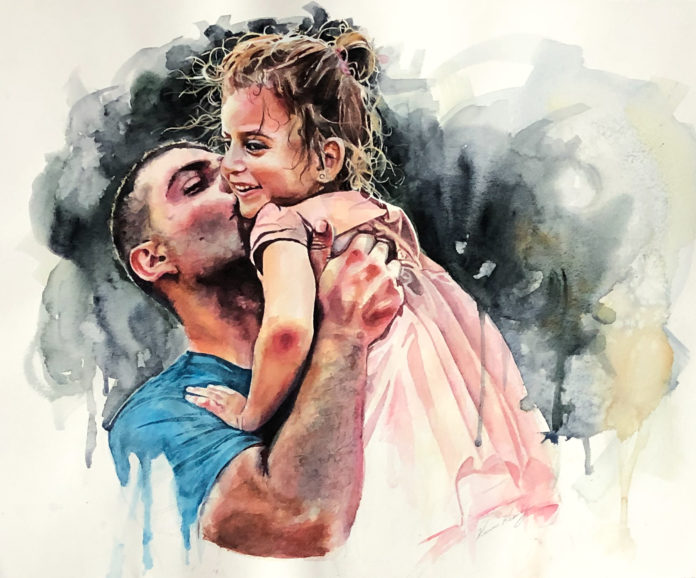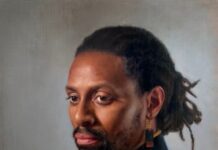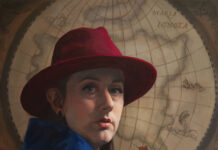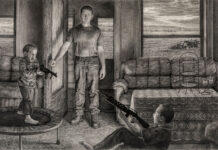Watercolor artist Karisa Keasey explains how she adjusts composition, color, foreground, and background to go beyond stereotypes and show a more complete picture of one’s story when painting portraits.
by Karisa Keasey, author of “When You Can’t Go Home: Portraits of Refugees in the Pacific Northwest”
Knowing the person you paint changes the way you paint them.
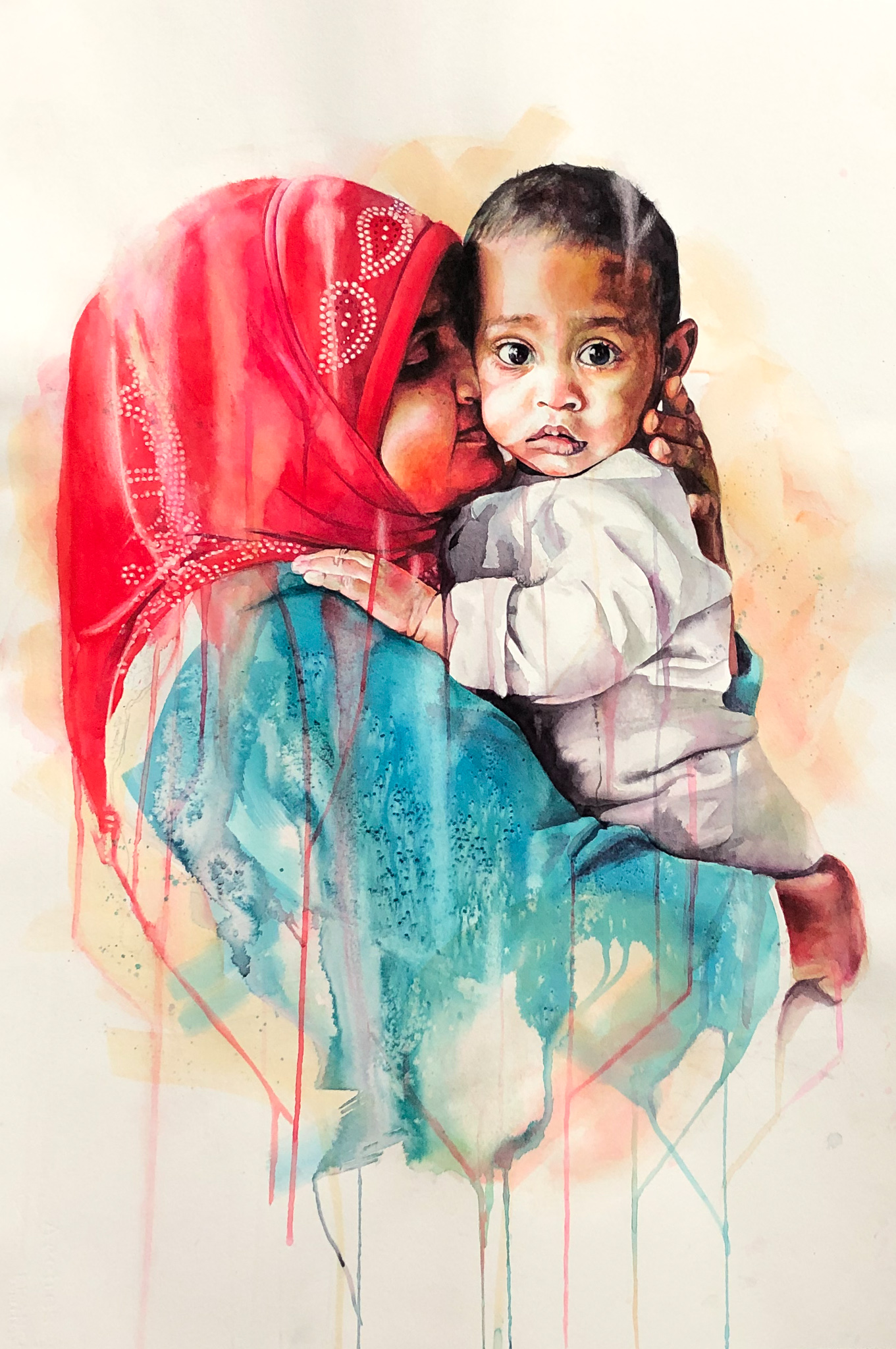
Out of the numerous portraits I have done, the most emotive and powerful works are the ones in which I have a personal connection to the subject I am painting. This was made especially clear to me in the last couple of years as I worked on a project focused on refugees called “When You Can’t Go Home” (download a free chapter from this book at karisakeasey.com).
I first learned about the severity of the refugee crisis from an article on Facebook five years ago and it broke my heart. After a tearful conversation with my husband, I realized that I needed to move beyond empathy and into compassion. I needed to do something about it — to spread awareness, raise funds, and encourage compassion for refugees. That is when I decided to make “When You Can’t Go Home.” It is a book that tells the story of ten refugees from all over the world who settled in the Pacific Northwest, along with 30 of my watercolor paintings.
Per usual, I started the project with research. I read all about the refugee crisis, the process of becoming a refugee, refugee camps, and resettlement. I learned that over 70.8 million people are displaced in the world currently, and over half of them are children. This is the worst it has been since WWII, the numbers still climbing. These refugees are people who cannot return to their homes because of unbearable persecution and war. When they have nowhere else to go, they apply for refugee status with the United Nations and, if they are lucky, they are placed in a country that is willing to resettle them. Based on all that I read, I began to plan my paintings.
Watch: Expert Portrait Drawing Tip
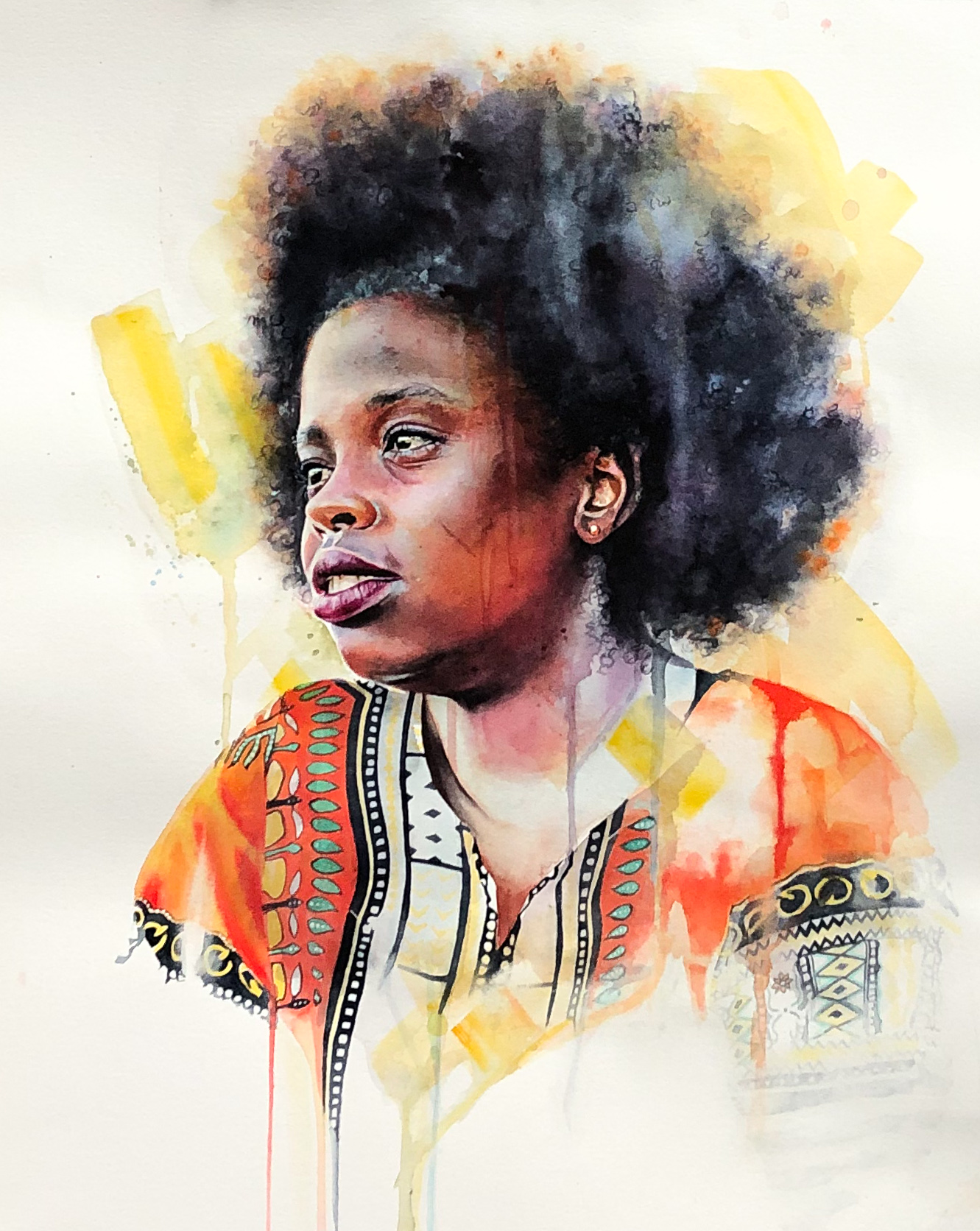
Painting Portraits in Watercolor
Having a plan is particularly important in watercolor, as it is not a forgiving medium. Watercolor’s translucent quality prevents you from simply painting over mistakes the way oil and acrylic allow. I was particularly inspired by powerful photographs that were successful in the media at grabbing people’s attention.
As a starting point, I laid out numerous gesture drawings and decided how I wanted the portraits to look from an aesthetic and technical perspective. However, I did not just want to paint images other people had taken. I wanted to paint refugees who had settled in my own community. So, I worked with a local organization called World Relief to help me get interviews with refugees who lived near me. What I didn’t expect was how the relationships I would soon form with the participants in the book would drastically change the trajectory of my work.
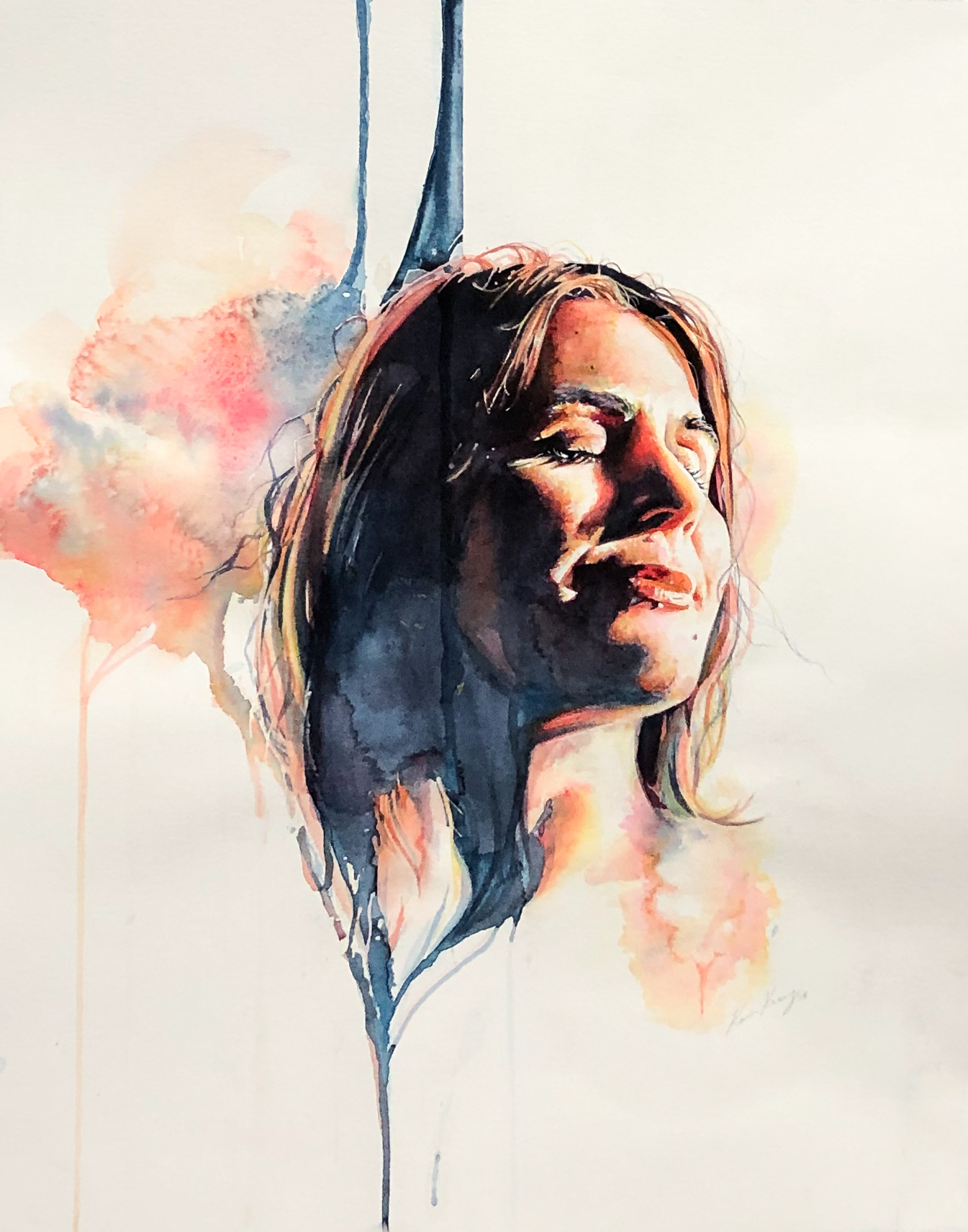
After I finished all the interviews, I sat down in my studio to put brush to paper — I paused. Something didn’t seem right. The images of cold, hungry, and hollow-cheeked refugees from my preliminary research stared back at me blankly. They now seemed hollow and deflated in comparison to the refugees I had come to have a personal relationship with. These images depicted refugees only as victims. The people I had come to know were loving mothers and fathers, overcomers, courageous entrepreneurs, diligent students, seasoned gardeners, and much more. These were people I had drunk tea and eaten meals with while we talked about the highs and lows of life. People who had reached out to encourage me while their children played around my ankles.
While images of refugees huddled amidst the rubble of their war-torn homes are effective in communicating the urgency of the refugee crisis, they are not complete. These images only capture a snapshot of the worst moment of their lives. I strongly believe that we are all more than our worst moments. After I formed a personal connection with the book participants, it changed how I executed the paintings in three significant ways:
1. When painting portraits, composition can communicate victims or victors
The first and most drastic shift was in my composition. I wanted to paint them in a place of resilience instead of victimhood. In portraiture, it is important to understand how composition plays a significant role in how the viewer interacts with the subject and their environment.
For example, if I compose a portrait where the face is proportionately smaller than the atmosphere around them, the viewer immediately thinks of how the environment is affecting that person; the focus is on the environment, and the person is a victim of that environment. However, if you choose to have the human component proportionately larger than the environment, the viewer is thinking about how the subject influences their environment, putting them in a position of power. By placing the subjects of my painting up front and center, I made a conscious choice to create compositions that would generate empowerment of refugees instead of pity.
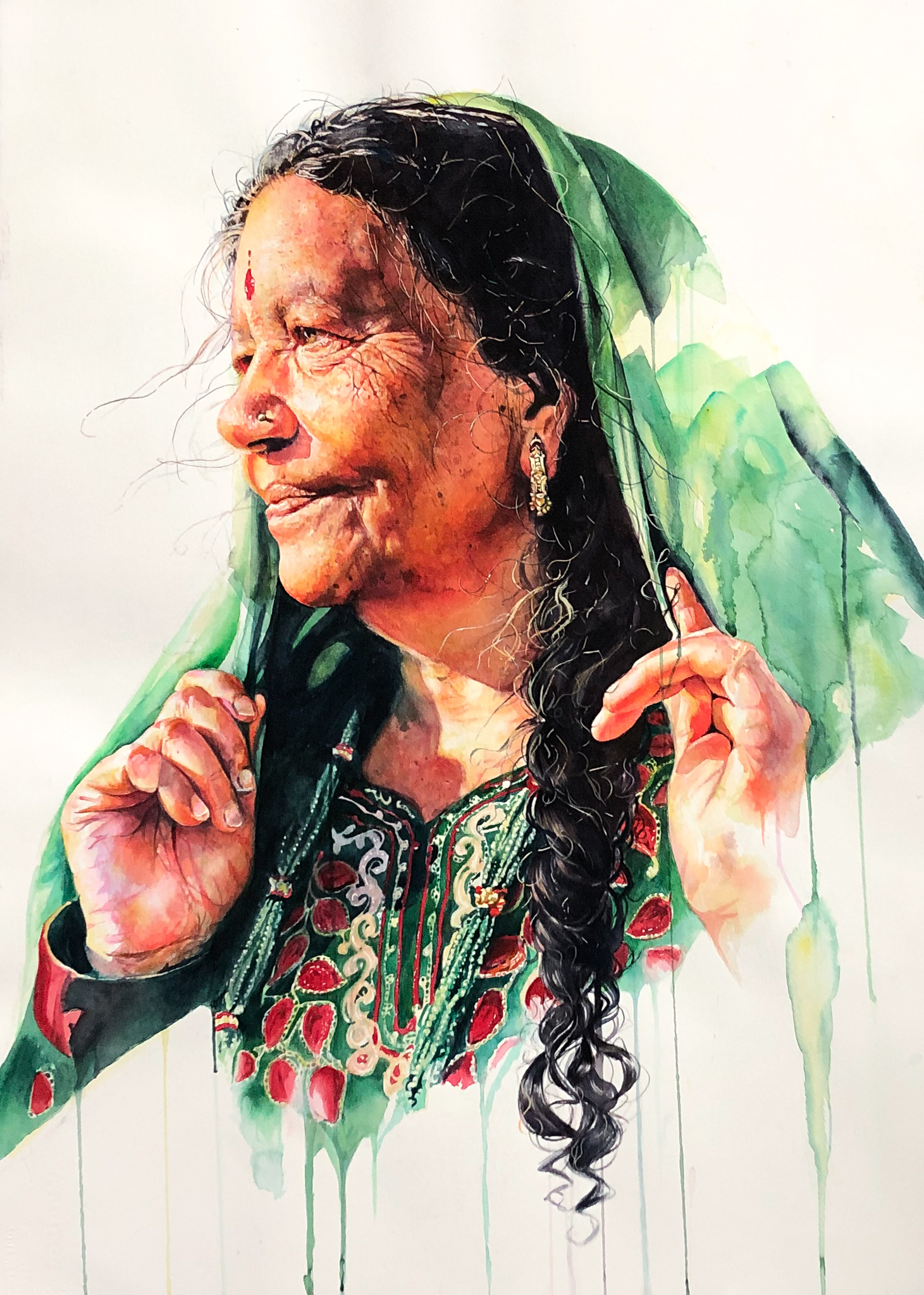
2. Color can make the subject seem emotionally close or distant.
The element of color was also affected by the experience of forming a relationship with the participants. I wanted to communicate a sense of intimacy between the viewer and the subject. Two things color can communicate are emotion and time. I wanted the viewer to feel that they were sitting beside the subjects in their living room, sipping tea and listening to their story.
Going forward, I used color realism to make the faces feel as if the viewer could reach out and touch them. I layered multiple glazes of color, making it luminescent in its depth. The old masters used this technique, primarily in oil, but it is the same idea with watercolor. If I had used a monochromatic color scheme, as I originally planned, it would have communicated to the viewer that they were looking into a memory from another time or dimension, focusing more on mood than the person I painted. Color realism gives the painting a sense of intimacy, like the scene is happening right before you, even if it was painted long ago.
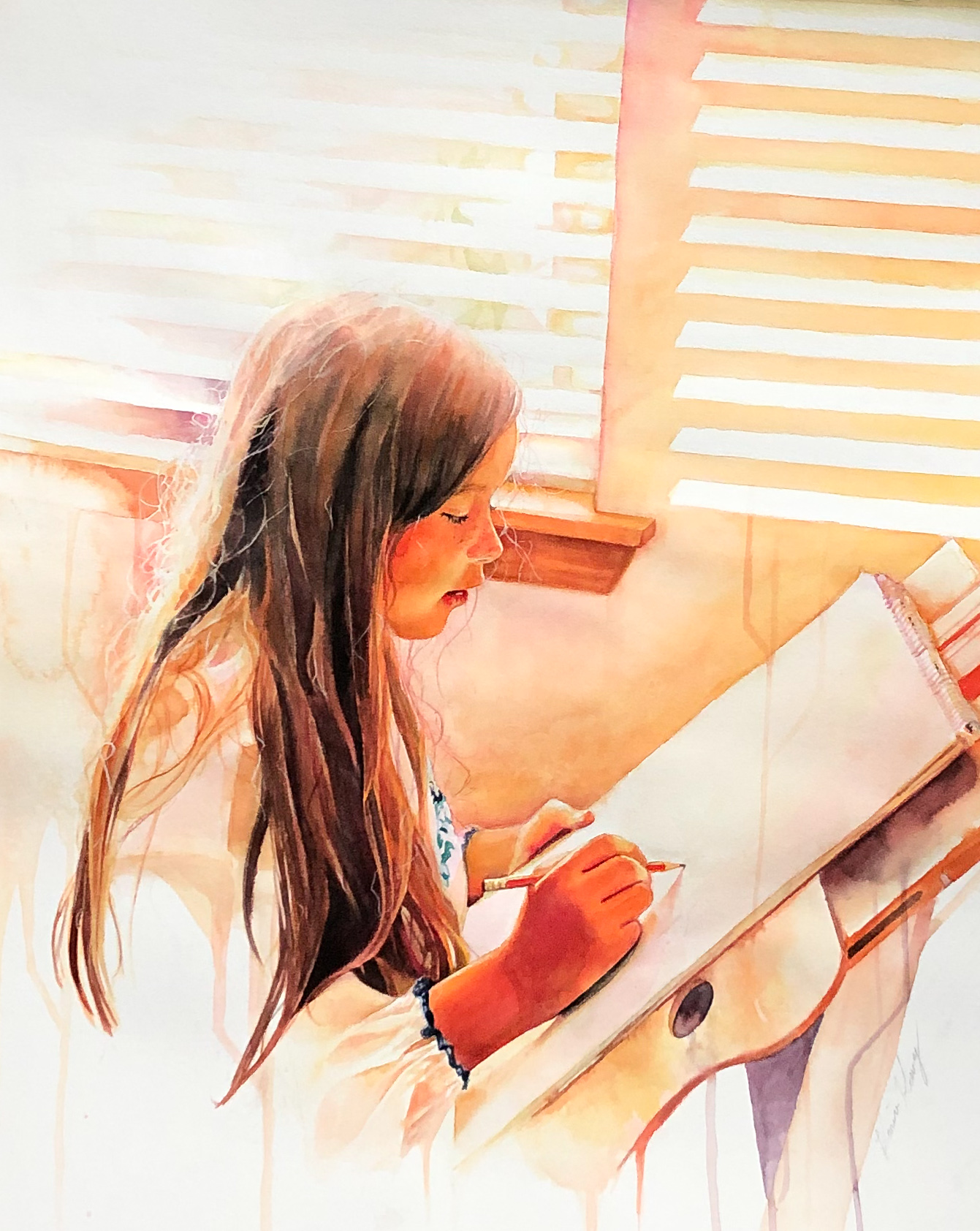
3. Contrasting techniques in the foreground and background captures the tension of real life.
The third component I added was the use of contrast in texture and technique. If I’m not careful, realism can have the potential to become “flat” or void of emotion — this is not ideal if I am trying to tell a person’s story. The struggle with realism is that if everything is detailed, the focal point can sometimes be lost, leaving the viewer’s eye to wander aimlessly. I like to add a touch of spontaneity by using wet-on-wet technique and impulsive drips in the background to contrast and emphasize the orderly dry-brushed details in the face.
When painting portraits, I like to think of backgrounds as visual representations of thought bubbles. If the background is calm and serene, then the subject in the painting seems calm and serene. If the background is unpredictable, with aggressive brush strokes, it suggests the subject may have a complicated and bittersweet past.
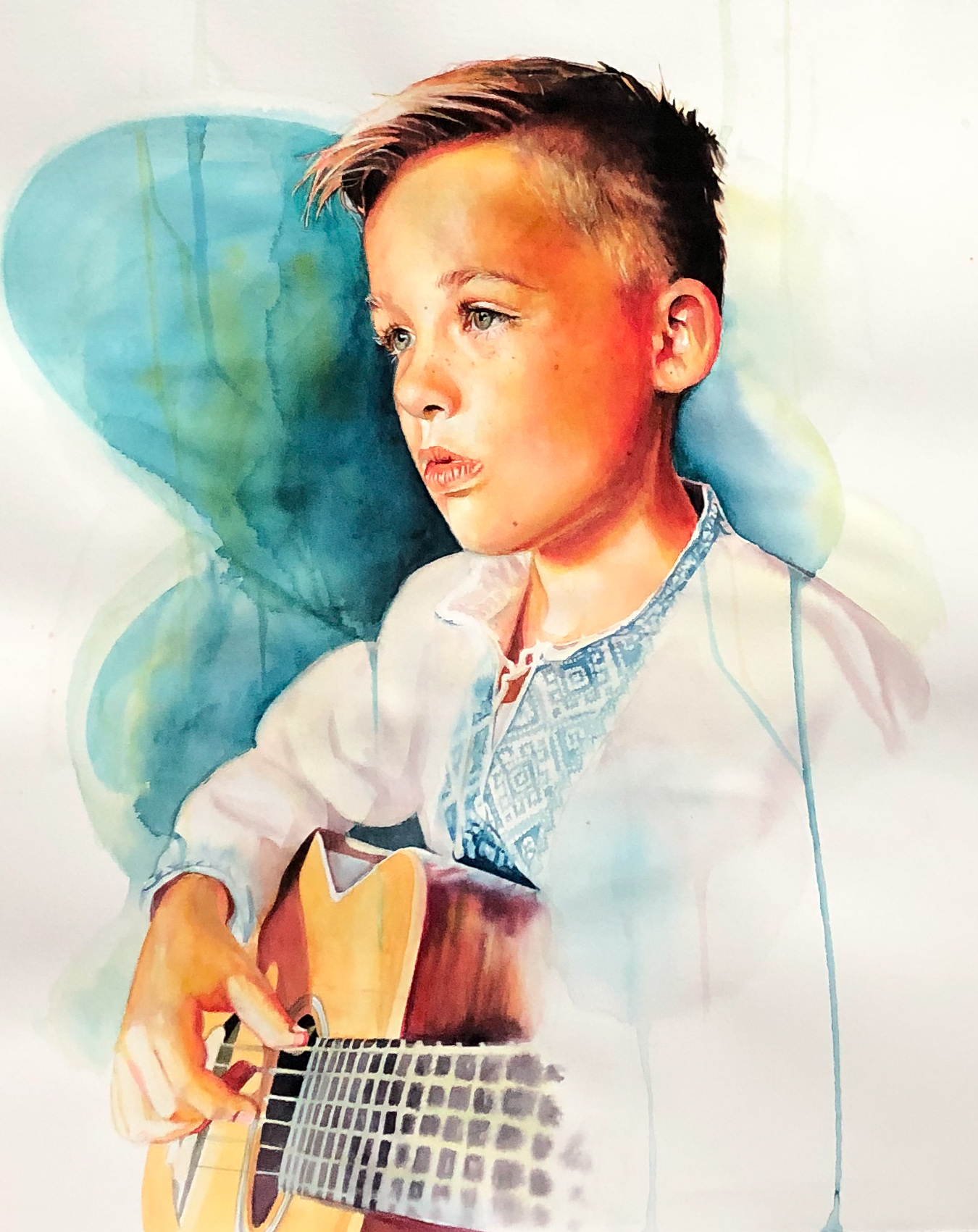
By getting to know the person I am painting, not only can I paint a more meaningful and powerful portrait, but I also avoid accidentally perpetuating stereotypes. As artists, we have the power to be a doorway to change. Through imagery, we give our society permission to embrace new ideas and shed misconceptions. Viewers consume the way we look at the world through our art and adopt it as their own. This is a powerful and daunting task.
We have a responsibility and an opportunity to paint truthfully, amplifying the voices of those who have been misunderstood or marginalized. More often than not, the people I paint end up impacting my life more than I could ever impact theirs. I am so thankful for the people I got to meet through this project and the lessons I have learned about painting through them. It is a humbling and exhilarating experience to let the people I paint influence the way I paint.
Painting Portraits > Additional Watercolors by Karisa Keasey:
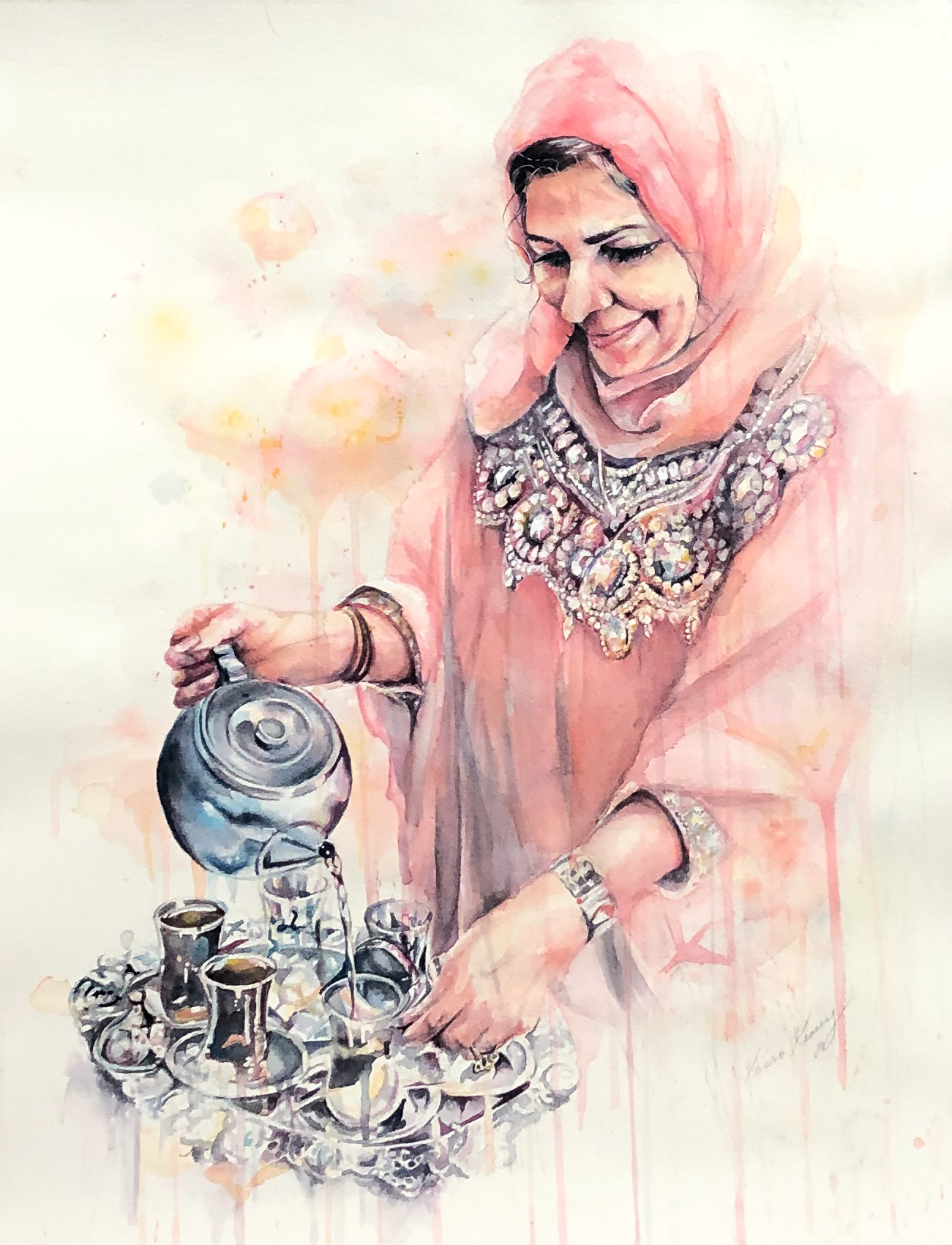
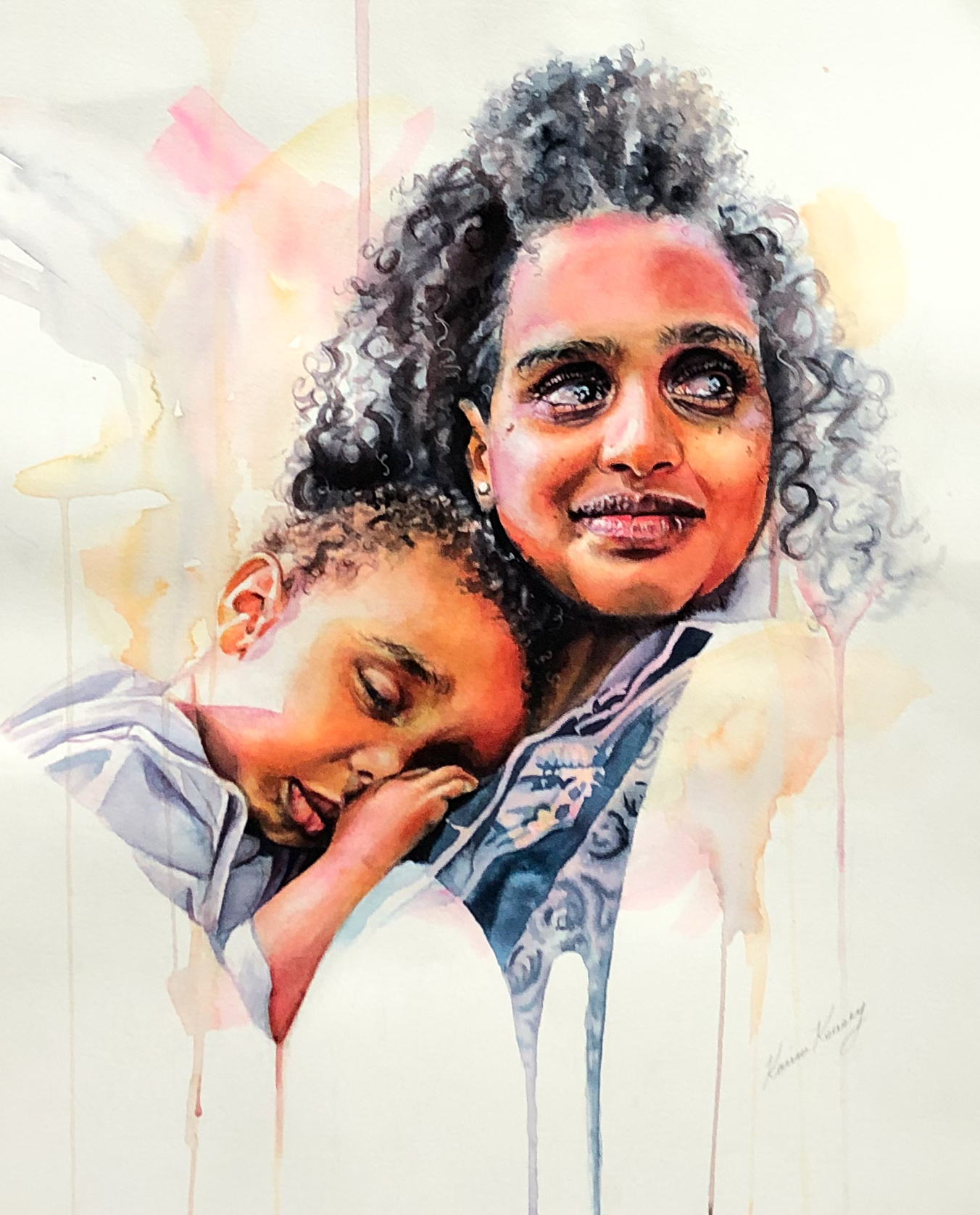
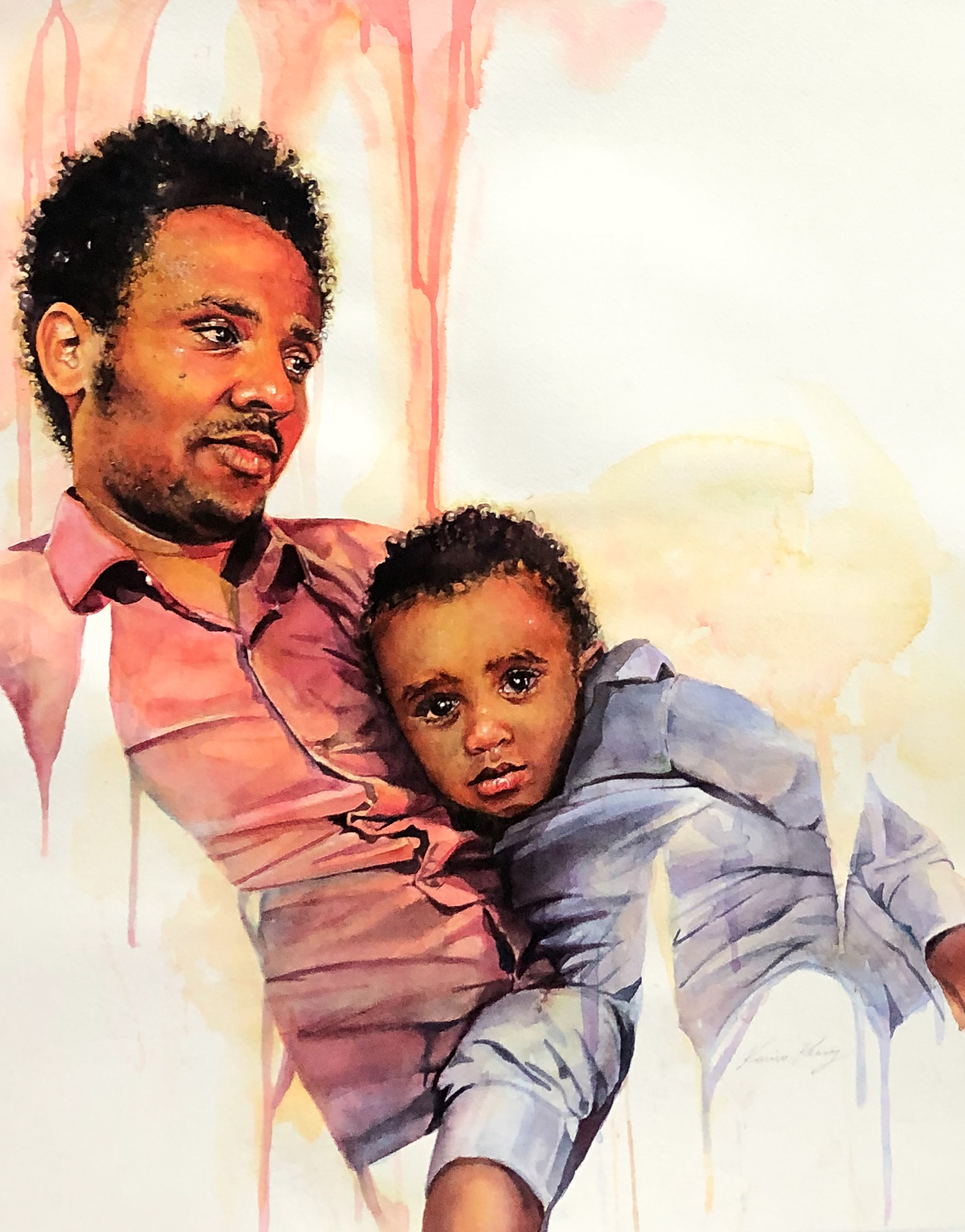
***
To order a copy of “When You Can’t Go Home: Portraits of Refugees in the Pacific Northwest” and download a free chapter, visit karisakeasey.com. Follow Karisa Keasey on Instagram @karisakeaseyart.
This article was originally published in 2019


